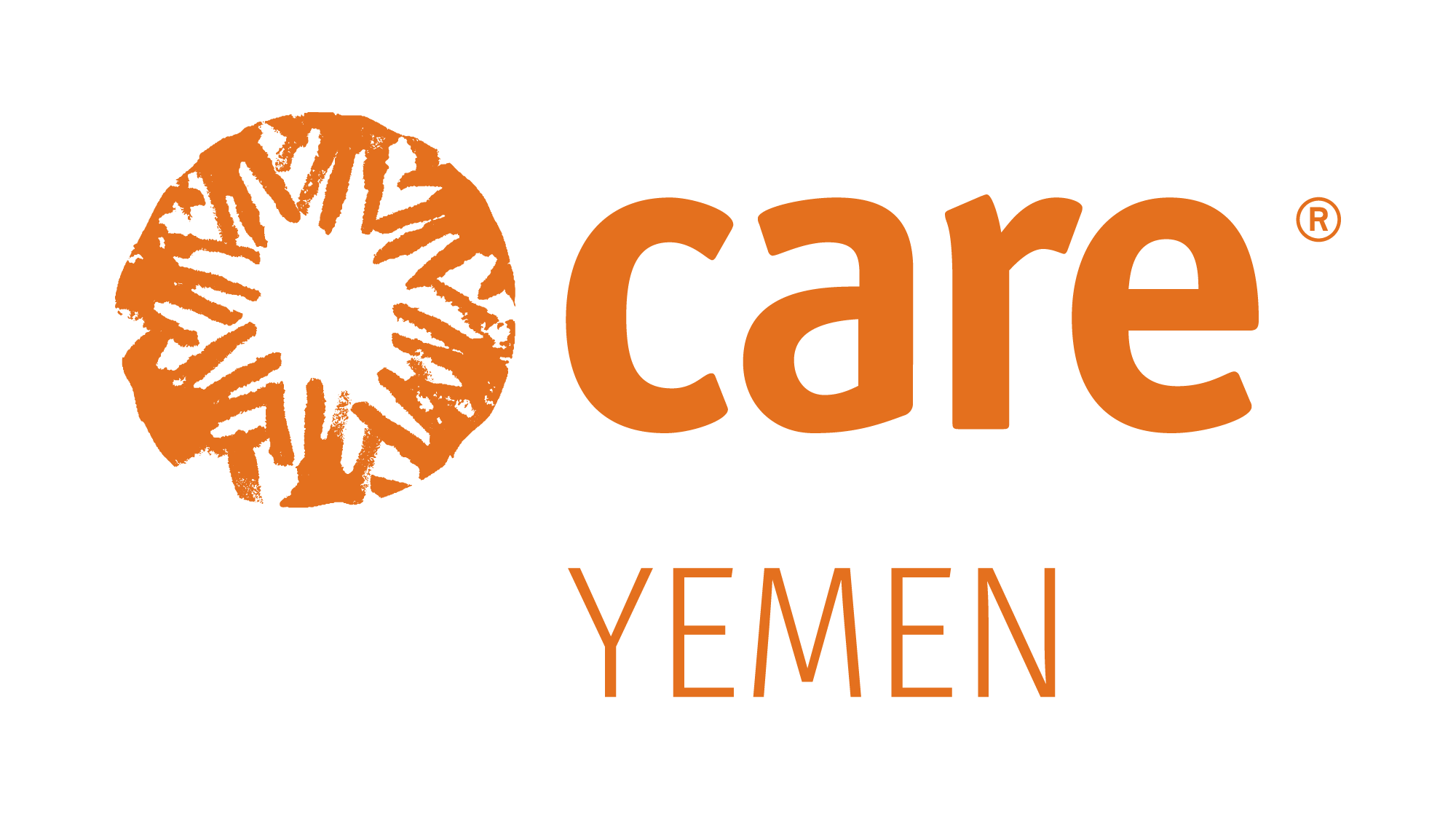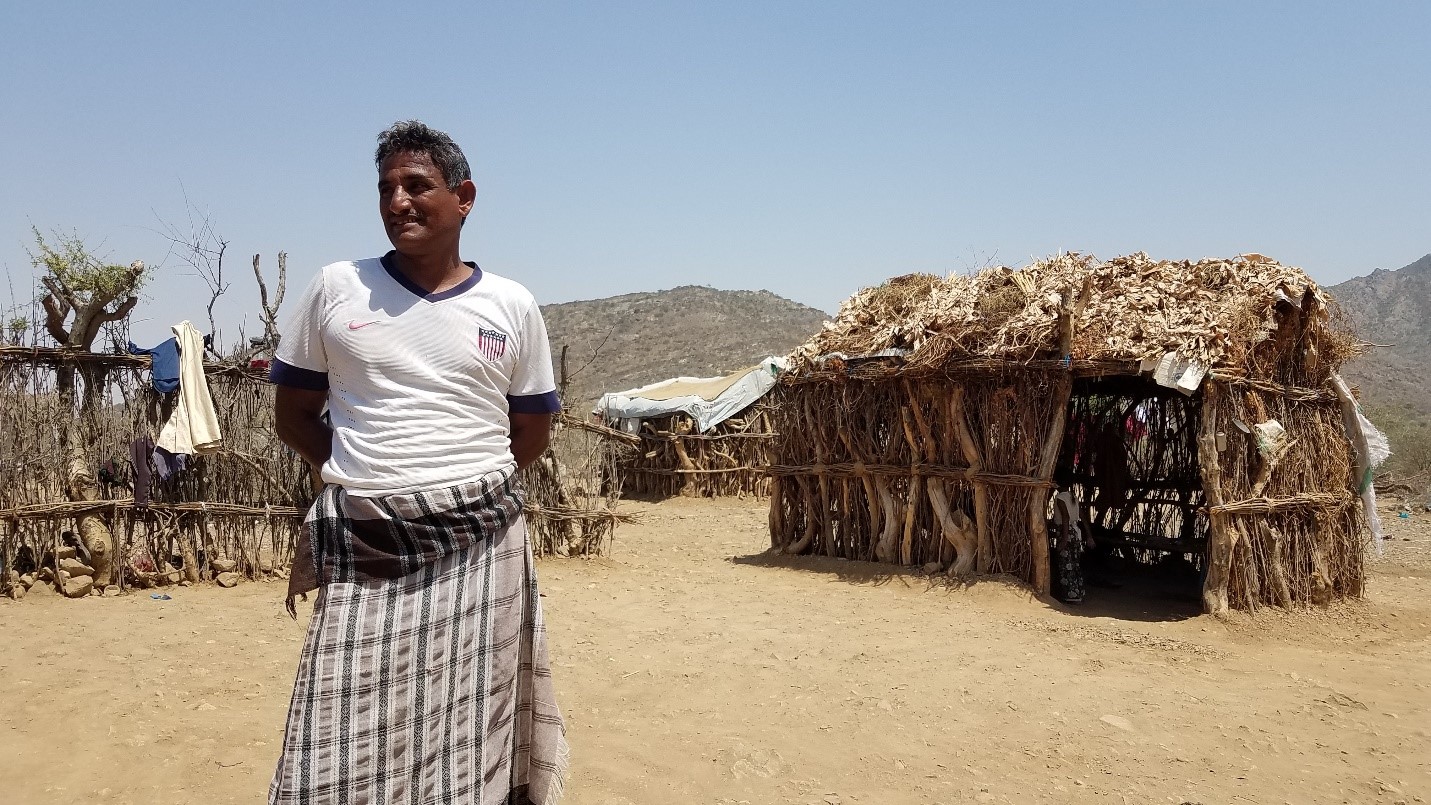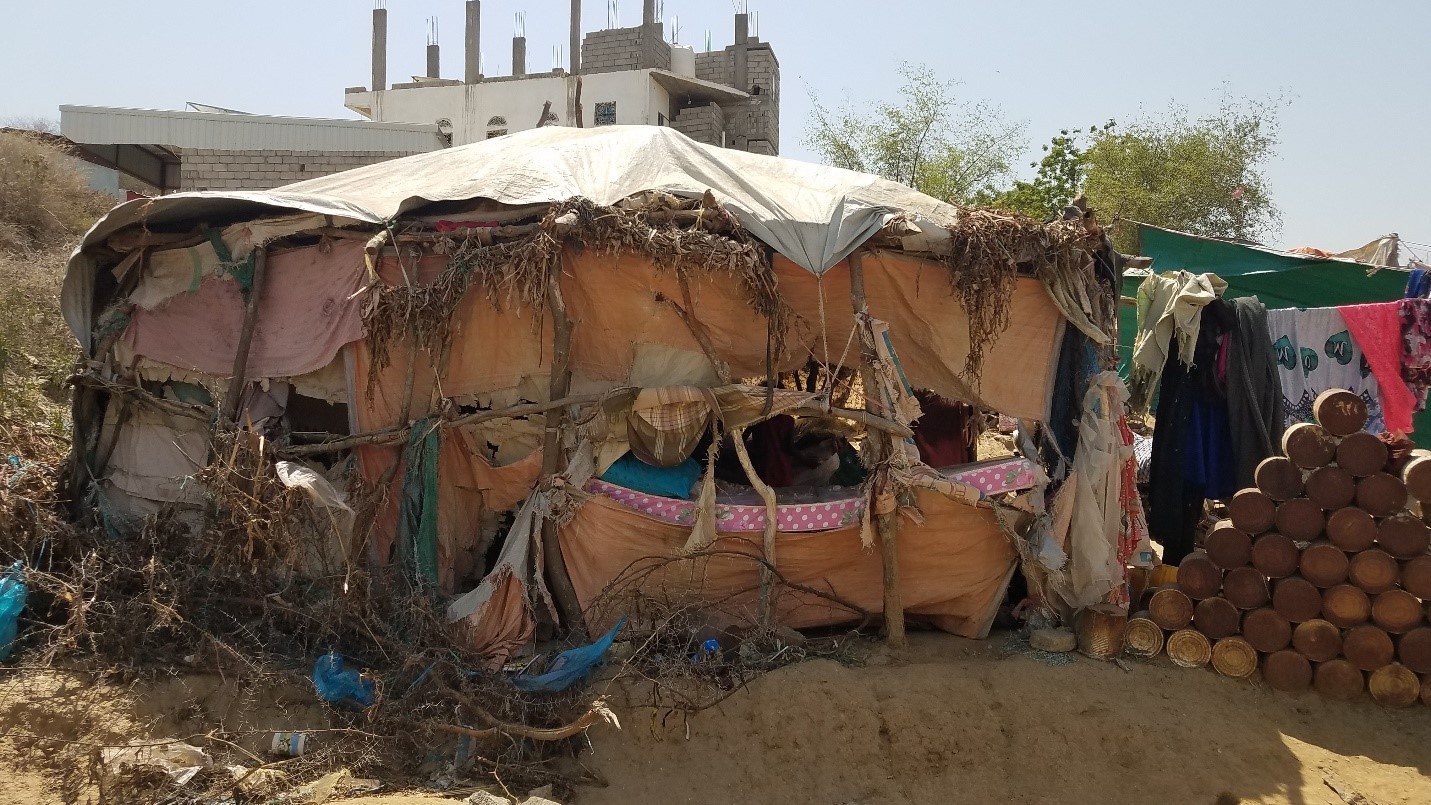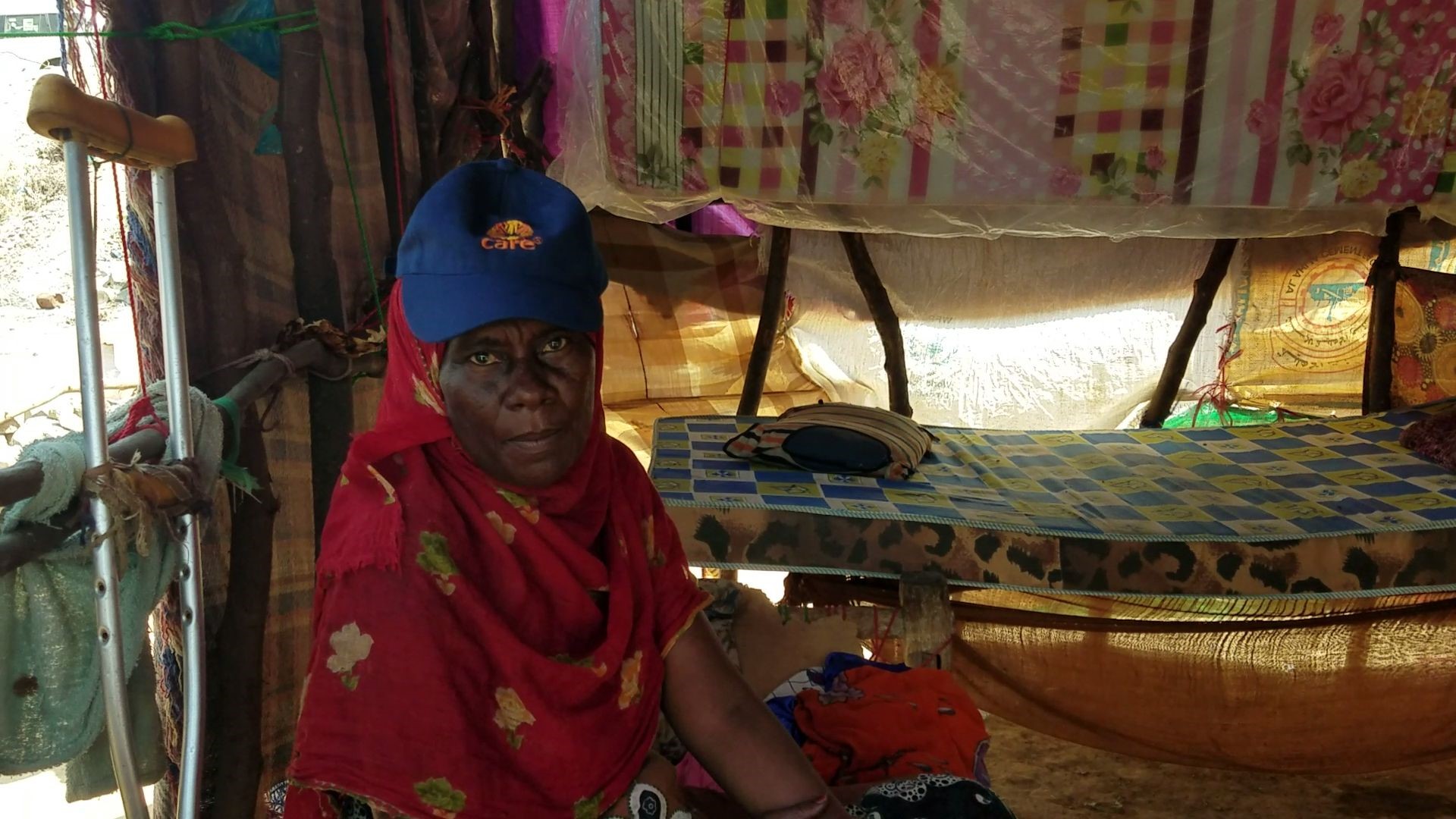War-torn Yemen has the fourth-largest number of internally displaced people (IDPs) globally, with more than four million people uprooted from their homes since the conflict erupted in 2015. Although internal displacement provides relative safety, away from direct fighting, it also imposes major challenges and risks for displaced families. Displaced people suddenly find themselves forced to live in poor shelter conditions, without enough food, water, livelihoods and other essentials.
Hajjah governorate is located 127 kilometers to the northwest of Sana’a. The escalation in the fighting in Harad and Abs districts of Hajjah governorate continues to force many families to abandon their homes and seek safety in nearby areas. This internal displacement further increases pressure on scarce services and resources shared by the already vulnerable local communities.
During the COVID-19 pandemic, displaced people are especially at risk because they are unable to self-isolate, live in cramped conditions and lack access to water, sanitation and basic healthcare. For IDPs, who already have difficulty accessing adequate shelters and a decent income, the impacts of the pandemic are likely to be significant on their health and wellbeing, and its longer-term social and financial consequences mean they need more assistance than ever.




